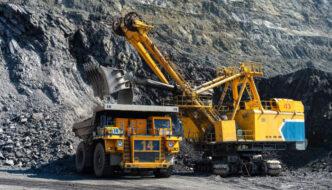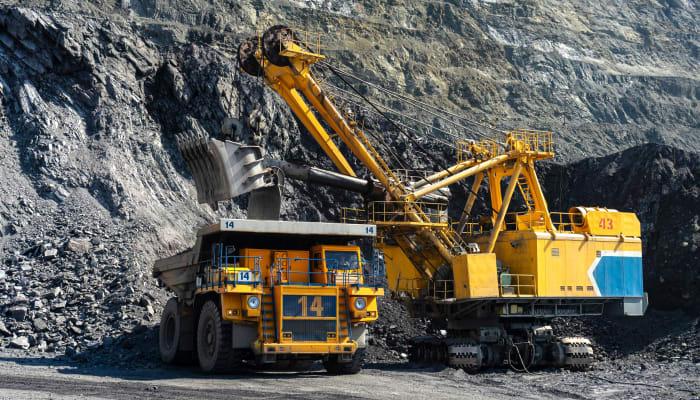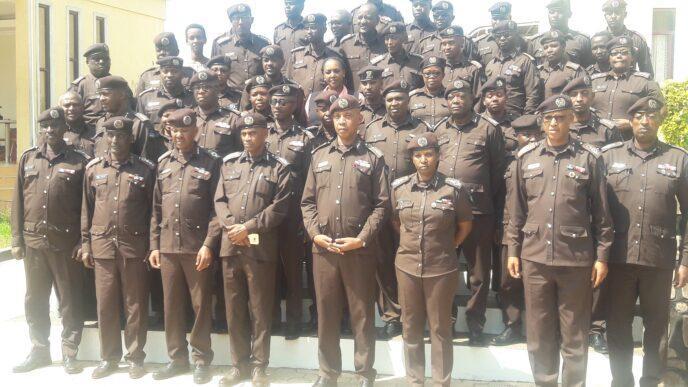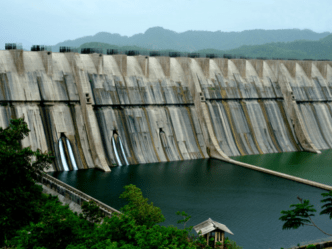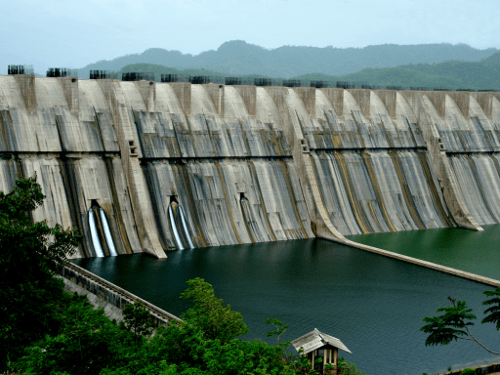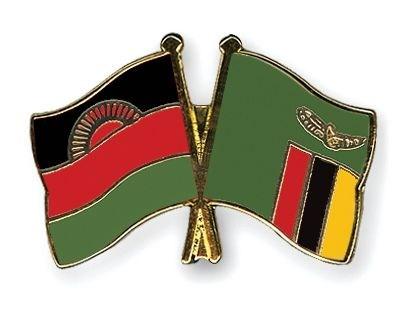In a powerful move towards becoming a global mining giant, Tanzania is setting its sights on securing a top spot in graphite mining, with a goal of ranking sixth globally and third in Africa by 2050. A recent report by the World Bank, in conjunction with data from the US Geological Survey, highlights this remarkable trajectory.
The promising projection, which underscores Tanzania’s rich mineral potential, was shared by Dr. Venance Mwasse, Managing Director of the State Mining Corporation (STAMICO). Representing the Minister for Minerals, Anthony Mavunde, Dr. Mwasse outlined the country’s vision during the Africa Critical Minerals Summit held in Cape Town, South Africa. Tanzania’s drive is largely attributed to its reserves of essential minerals like graphite, nickel, cobalt, and rare earth elements, crucial for energy production and technological advancements.
A Vision for Growth: Tanzania’s Mining Vision 2030
As part of its ambitious Mining Vision 2030, Tanzania aims to mitigate investor risks through extensive geological research, targeting under-explored areas. Dr. Mwasse explained that “this initiative includes expanding high-resolution airborne surveys from the current 16 percent coverage to 50 percent by 2030, a move expected to improve exploration accuracy and build investor confidence.” Such advancements demonstrate Tanzania’s commitment to becoming a mining powerhouse.

In a show of regional solidarity, Dr. Mwasse emphasized collaboration across African nations to establish mineral processing facilities on the continent, fostering economic growth. He highlighted projects like the Kabanga Nickel multi-metal smelter in Kahama, which will benefit countries such as Burundi and the Democratic Republic of Congo by providing local processing options. “Strong partnerships among African nations are key to making this vision a reality,” he remarked.
Scaling Up Production to Meet Global Demand
The demand for graphite, vital in battery production and countless industrial applications, is predicted to skyrocket as lithium-ion battery markets expand. The World Bank forecasts that global graphite production could increase by nearly 500 percent by 2050. Tanzania, home to 323.8 million tonnes of graphite reserves, stands to play a crucial role in meeting this growing demand, with major deposits concentrated in its central and southeastern regions.
With projects like Lindi Jumbo, Bunyu, Chilalo, Epanko, Mahenge, Nachu, and Bagamoyo in various stages of development, Tanzania is well on its way to unlocking its graphite potential, supporting both local industry and global markets.
As Tanzania continues to strengthen its foothold in the global graphite market, one question arises: Can the country’s collaborative approach and strategic investments propel Africa into a new era of mining self-sufficiency?
